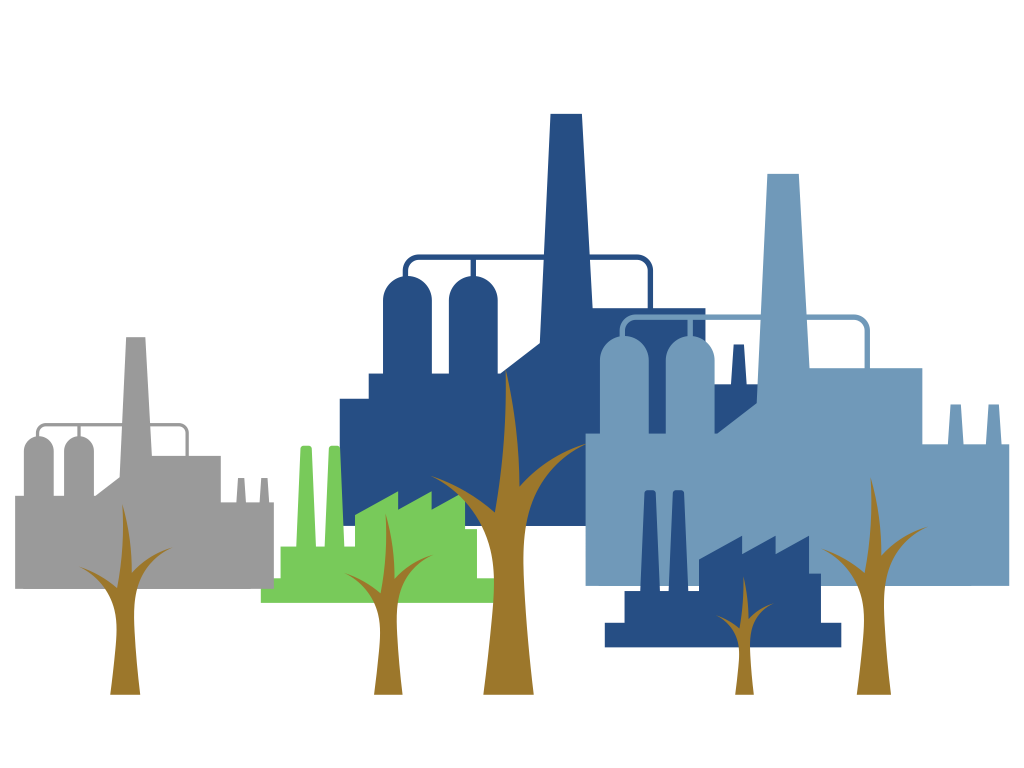One of the most used tools in Asset Management is condition monitoring, with which existing risks in the organization can be detected and mitigated.
In this installment, we will learn what condition maintenance consists of, its regulations, the key factors for its application and the comprehensive solution that Reliabytics offers in this area.
What is ISO 17359?
ISO 17359 is an international standard that is part of the set of suggestions
of best practices related to asset management. It suggests the structure and elements that can be used to create strategic, tactical and operational guidelines for the maintenance of business assets, providing an overview of how a condition monitoring program should be implemented, considering as minimum elements :
- Program objectives.
- Types of machines to monitor.
- Parameters to monitor.
- Monitoring methods.
- Monitoring frequency.
This regulation also provides guidelines for diagnosing the condition of the machines, as well as performing criticality analysis, determining the priority among the assets under study and building the internal policies of each organization to apply this methodology and on which assets to do so.
So what is monitoring condition?
What are the key factors to apply condition monitoring?
For condition monitoring to be effective, it is important to consider the following factors:
- Determine current and mitigated risk: One of the most important questions any organization should ask is What risks are we facing? identifying possible risk scenarios associated with security, production, cash flow, among others. Once this is done, we will be able to develop the necessary strategies to mitigate them.
- Develop strategic guidelines, tactical policies and clear operational processes for condition monitoring: Many initiatives associated with condition monitoring fail because these elements are not defined correctly or evaluated frequently. Condition monitoring should be part of a comprehensive asset management strategy, where the strategic guidelines provided by management must establish the objectives and requirements of the program, this serves as input for the leadership team to build the tactical policies that They contain criticality analyses, deterioration mechanisms, failure modes, technique, frequency, work processes, among others. These guidelines are the input so that the operational process of condition monitoring can be efficiently executed.
- Identify detailed work processes for condition monitoring: The work processes for condition monitoring must define all activities related to Asset Health Management: who, how, where, when and what are the mechanisms so that the analysis and recommendations related to monitoring can be carried out. and feedback from this system.
- Value is added by moving from plan to action: Condition monitoring It is a valuable tool (a means), but It must be more than a plan on paper. It is important to execute it correctly according to plan and constantly evaluate its effectiveness in order to generate benefits for the organization by mitigating existing risks. These plans are dynamic, not static, therefore, the feedback and the condition of the asset direct the changes that must be made in frequency, monitoring techniques, training, among others. These adaptations are what will contribute to the expected value.
The most important challenge for the organization in terms of condition monitoring is that the people who must execute it are instructed and trained in what they have to do, when, how and where they must do it, so that risk reduction for management of assets and the organization in general is real and effective. Well-performed condition monitoring can be able to increase the level of reliability of assets by identifying problems before causing failures, reduce repair and maintenance costs and also improve the efficiency of deployed assets.
What benefits does Reliabytics bring to the
condition monitoring?
Reliabytics, as a comprehensive solution for Asset Management, includes in one of its modules the process: “Manage Health”, which provides the necessary tools to organize the information collected from the field (offline and online) associated with all the management techniques. condition monitoring.
By implementing Reliabytics and once the criticality analysis has been carried out, you will be able to obtain the following advantages:
Through the Software you can:
· Construir automáticamente indicadores de riesgo y de salud actual, en función a la condición detectada.
· Permitir tener una Hoja de Ruta (RoadMap) para conocer cuáles serán las siguientes acciones a ejecutar.
· Hacer seguimiento a la efectividad del monitoreo y a la ejecución de recomendaciones.
· Realizar un análisis de modos y efectos de falla (FMEA) de una forma rápida y sencilla, obteniendo modelos predictivos que sirvan de base para detectar problemas en los activos de forma anticipada, y pudiendo realizar planificaciones de mantenimiento de una forma proactiva, evitando o disminuyendo tiempos de inactividad no planificados, reduciendo costos de mantenimiento, mejorando la seguridad del negocio y maximizando sus beneficios financieros y de producción.
Y como solución integral será capaz de:
· Know and install all the hardware necessary to carry out the correlation, monitoring of operational variables and deterioration mechanisms, online and offline.
· Within the Health management module you can carry out the evaluation and create strategies using methodologies such as RCM, FMEA, etc. To analyze strategies and implement improvements over time.
Health Management and Condition Monitoring of your assets is a tool that helps organizations achieve a higher level of reliability, reduce maintenance costs and increase security in an effective and user-friendly way.
If you or your organization requires advice in this area or see the Module “Manage Health” of the Reliabytics Demo, do not hesitate to contact us.
Send an email with your request to contact@atgroup.reliabytics.com and we will gladly assist you.
Reliabytics, Agile Asset Management.



